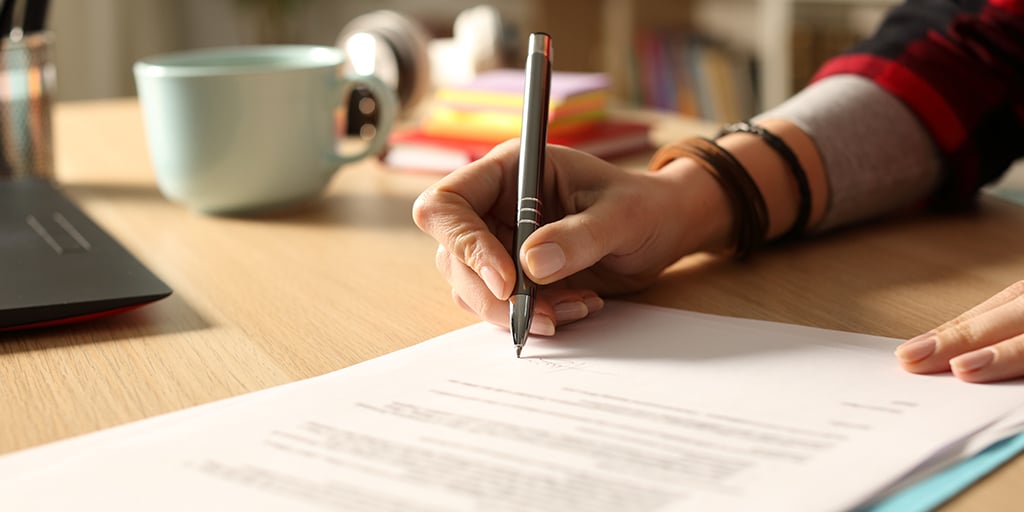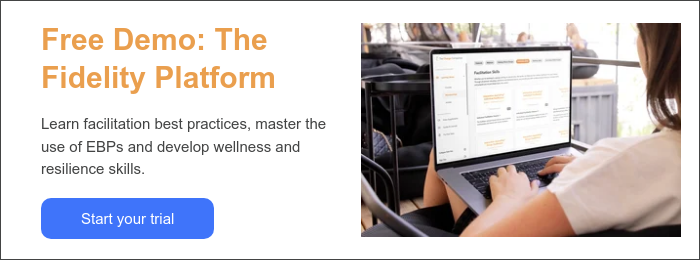Federal grant writing preparedness: A basic guide for getting “grant ready”

Securing grant funding can be a game-changer, providing financial support for your organization to make a meaningful impact. To navigate the often complex landscape of federal grants, we enlisted the help of grantsmanship expert Dr. Rhonda Bohs.
In a recent webinar, Dr. Bohs broke down the steps necessary to be “grant ready” as a potential federal grantee. Read on for insights on how your organization can enhance your grant writing skills and increase your chances of success in the highly competitive grant landscape.
Terms to keep in mind
NOFO — Notice of Funding Opportunity. A formal announcement issued by a federal agency to notify the public about the availability of grant funds. NOFOs outline funding priorities, eligibility criteria, application requirements and proposal submission deadline.
Also known as a Notice of Funding Availability (NOFA) or, formerly, a Funding Opportunity Announcement (FOA). The term NOFO is more common at the federal level, while NOFA is more commonly used by state and local governments.
RFP — Request for Proposal. RFPs solicit proposals from qualifying organizations and specify evaluation criteria, requirements and deadlines — typically in more detail than the NOFO.
Also known as a Request for Applications (RFA).
Pre-planning for grant opportunities: Don't wait for this year’s NOFOs
It’s hard to overemphasize the importance of pre-planning for grant season. Waiting for Notices of Funding Opportunities (NOFOs) to be released for the coming year can cost your organization valuable time to prepare. Typical NOFOs offer just 4 to 8 weeks to complete your proposal, and multiple funding opportunities often share deadlines. To avoid a writing time crunch, it’s helpful to identify potential federal grant opportunities early on.
Pro Tip: Dr. Bohs suggests creating a spreadsheet outlining the grant opportunities your organization is interested in and their forecasted deadlines. Grants.gov, SAMHSA.gov, TAGGS.gov and our grant forecast page are great resources. You can track many grants on our grant support site.
Checking these same archives for previous successful applications can also provide an invaluable head start for planning and writing: NOFOs tend to follow a similar structure year after year. Review abstracts from the previous year’s NOFOs and scour for specific required activities and qualifications, like how many people the application planned to serve, populations of focus, evidence-based practices featured, etc.
The dos and don’ts of a successful federal grant application
For a successful grant writing season, a well-thought-out application development process is key.
Dos
- Check past NOFOs and applications to see a clear picture of what was considered competitive last year. Then do a self-assessment to see if your organization is able to do those activities at the same level.
- Pull data that demonstrate the urgent need for your proposed initiatives. Ensure the data you choose to include focuses on the problems you are trying to address. Consider: What needs are there in your community, and how can you realistically meet them? These themes will carry through the rest of your proposal.
- Consistency is key. Ensure your data and information align throughout the proposal. It’s also helpful to keep a consistent voice throughout the proposal to ensure it’s easy to follow and feels well-thought-out.
- Follow instructions. It may seem like a no-brainer, but closely following instructions can be a sticking point for grant applications. If an RFP specifies that one section should be no longer than a page, that is not a suggestion. Not meeting even small requirements can prevent your proposal from being seriously considered in this competitive grant landscape.
- Speak to all required activities. It will also be helpful to include all activities in the order presented in the RFP or NOFO. This gives reviewers an easier job of ensuring your application meets all requirements.
- Be specific. Align goals with the funder and establish a concrete and measurable objective. Remove any vague language or irrelevant data.
- If you have subject matter expertise, sign up to be a SAMHSA reviewer: Reviewing proposals can be a great tool to learn how to better write your own!
Don’ts
- Don’t undervalue Social Determinants of Health (SDOH). There is increasing emphasis on SDOH. Look for data related to access to care, transportation and housing issues, safety concerns and what you can do to fill the gaps.
- Don’t overpromise. Take budget and staffing planning into account when determining how many people you can serve. You will be committed to the numbers in your proposal and can risk corrective action or lost funding if you aren’t able to reach benchmarks.
- As much as possible, don’t divvy up writing responsibilities. If a proposal looks fragmented, it can impact clarity and first impressions.
- Don’t try to be a one-stop shop. Instead, work collaboratively with others in your community to encourage buy-in and feedback. Working with lived experience experts can lead to ongoing community building and program improvement.
For more, check out our Grant Writing Toolkit and the video recordings of our two-part grant writing webinar series. Following the insights and tips shared in this webinar can help your organization enhance your grant writing preparedness and increase your chances of securing the funding needed to make a lasting impact in your community.

